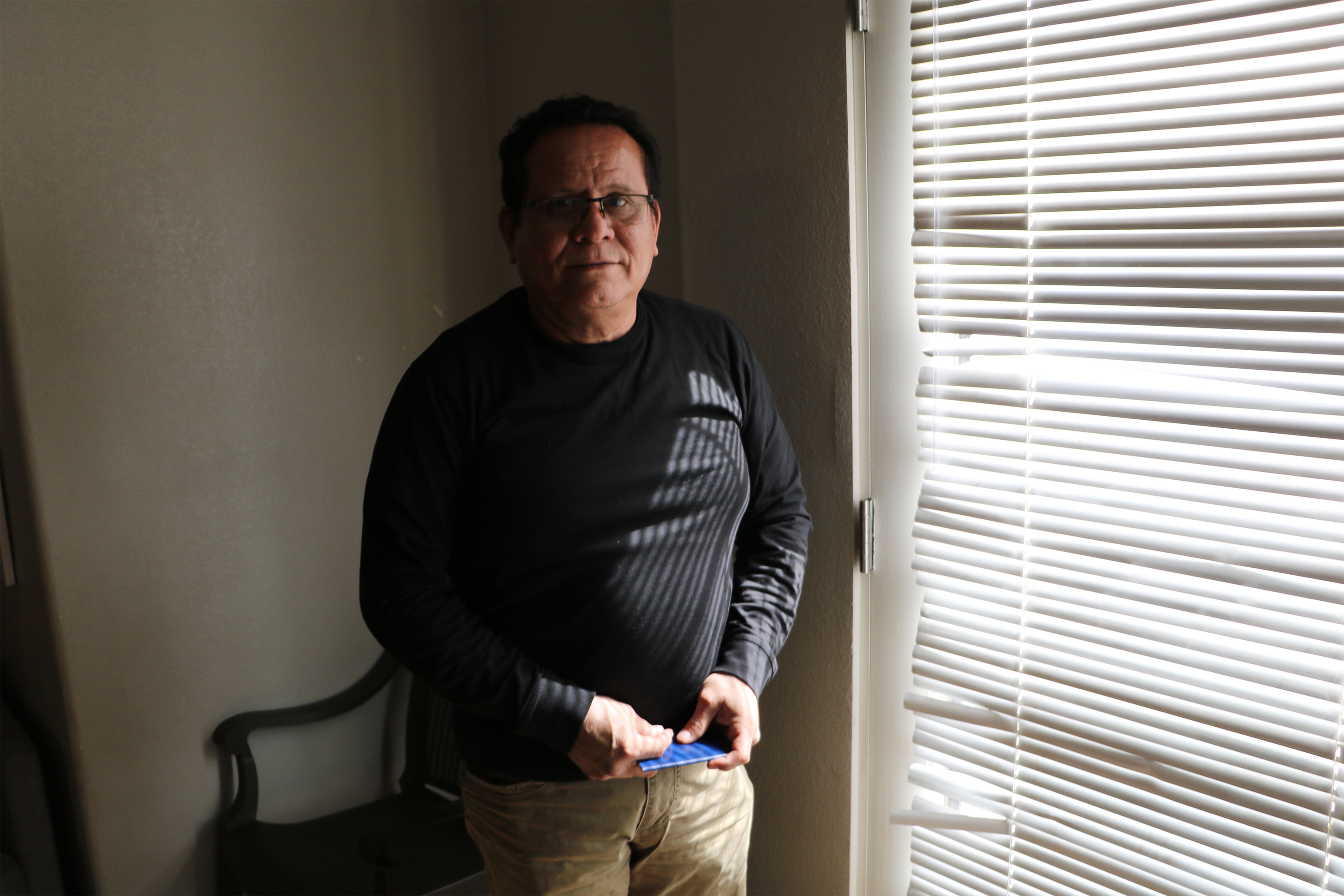Apr 14, 2025

By MICHAEL MILLENSON
“The New Yorker House Style Joins The Internet Age” announced the magazine’s daily newsletter under the byline of Andrew Boynton, whose appropriately old-fashioned title was “Head of Copy.” Among the alterations Boynton acknowledged readers might feel “long overdue,” were “Internet” becoming “internet,” “Web site” consolidating to “website” and “cell phone” becoming “cellphone.” Other quirky spellings (teen-ager, per cent, etc.) were deliberately retained.
But what about “health care” vs. “healthcare”?
A New York Times interview described Boynton as “tight-lipped” about the style changes, which came as the publication celebrated its 100th anniversary year. When I nonetheless sought to discover whether a descriptor central to a massive chunk of the U.S. economy was more like a cellphone or a “teen-ager,” the magazine graciously responded.
“’Health care’ is our style,” a spokesperson wrote me in an email. “There has not been any discussion of diverging from this.”
Not even a discussion? This was shocking news! But as I dug deeper, it seemed to me that the choice of the one-word versus two-word term often sent an underlying signal about the evolution of not just language, but of how those in the field perceive themselves.
Debating Evolution
Back in 2012, after I dived into the “health care vs. healthcare” debate for The Health Care Blog, my friend and colleague, the determinedly data-driven David Muhlestein, PhD, JD, accused me of ignoring language evolution by insisting on the “two words” usage. He eventually presented me with Google searches showing that the ratio of uses of the one-word to the two-word term ineluctably indicated “health care” was going the way of “Web site.”
When I solicited a 2025 update, Muhlestein obliged with a Google trends graph tracing relative usage since 2004.

Apart from a brief time that “health care” was more prevalent as discussion of the Affordable Care Act dominated the news, the preference for “healthcare” has steadily strengthened. “As of now, people use the one-word version more than twice as often as two words,” Muhlestein wrote in an email.
He added, “You can’t predict how language will evolve, you just have to go with what it is, and for the U.S., healthcare is definitely going to one word.”
Perhaps. But even a cursory qualitative analysis suggests a more nuanced picture than volume alone provides. After poking into the preferences of publications, corporations, the U.S. government and others, I decided that a 2022 April Fool’s column in Health Affairs actually provided a rough guide to understanding many usage decisions.
“Health Care” Emerges
The Hippocratic Oath doesn’t mention health care. In fact, no one does (as opposed to medicine) for a couple of thousand years afterwards. The first citation in the sense that we use in what the online Oxford English Dictionary calls an American term is in an 1883 article from the Women’s Herald of Industry: “We hope that good housekeeping, good cooking, good health-care, will receive their share of attention.”
Etymology enthusiast Jeffrey K. Aronson, writing in The BMJ, uncovered the term in the title of a 1906 textbook, The Health Care of the Baby. This popular publication, he added, may have been instrumental in introducing the term into Britain, where a British journal in 1907 referred to the “health care of the working classes.”
Still, until 1960 the term was used very rarely (0.05 per million words), according to etymonline. Then it begins a gradual, then steep rise. My informal review of a thick anthology of significant health services articles published from 1914 to 1991 also showed the term only gradually seeping into writing about the delivery system. For instance, a 1966 article by Irwin Rosenstock in the Milbank Fund Quarterly was entitled, “Why People Use Health Services” – what today we would surely call health care.
The First Health Care Crisis
But as Cyndi Lauper would sing many years later, “Money Changes Everything.” Medicare and Medicaid took effect July 1, 1966. After a mere seven months, the impact on the federal budget of “cost-plus” reimbursement of hospitals and “reasonable, usual and customary” payments to physicians was so alarming that President Lyndon Johnson ordered the Secretary of Health, Education and Welfare to convene a National Conference on Medical Costs “to discuss how we can lower the costs of medical services without impairing the quality.”
The terms “health care,” “medical care,” “medical services” and “health services” were largely used interchangeably during this period. For instance, the that June, 1967 conference characterized the attendees as individuals “who have studied the rising costs of health care and the effect of these costs on the availability of medical care to all Americans.”
In 1969, President Richard Nixon became the first of a long line of presidents to declare a health care “crisis” due to rising costs. (Congress would hold its first hearings on the “Health Care Crisis in America” in 1971). Nixon’s declaration was accompanied by issuance of an HEW report, The Health of the Nation’s Health Care System, that warned of a “breakdown in the delivery of health care unless immediate concerted action is taken” to address “a crippling inflation in medical costs.”
That description was markedly similar to the challenge posed four decades previously to a blue-ribbon Committee on the Costs of Medical Care charged with addressing “the inability of the people to pay the cost of modern scientific medicine.” In 1927, one recommendation was that medicine be organized for “the most efficient production of services.” In 1969, the HEW report recommended “good management” and “constructive policies in delivery and pricing of services.”
Although many problems and proposed solutions seemed (and still seem) to remain constant, the language was changing to reflect a cottage industry morphing into something far larger and more complex.
The Industrial Model
The same year the government declared an imminent health care “breakdown,” a television show about a kindly family practitioner whose patients had no such worries debuted on ABC. The American Medical Association at first fretted that the show, Marcus Welby, M.D., would cause a backlash once the public discovered most doctors didn’t actually behave like the TV one. Instead, the fictional drama came to be seen in later years as an accurate portrayal of the times. The health care reality, however, was better reflected by an influential 1969 article, “The Medical Industrial Complex,” which set the stage for a national reckoning, now largely forgotten, of how the pursuit of profit by individual practitioners and large organizations alike was changing medicine.
In the 1970s and 1980s, the business of health care started to boom. That, in turn, prompted the emergence of a modernized noun that reflected the new era. In 1976, a decades-old trade publication once known as Modern Hospital was transformed into Modern Healthcare. In 1977, UnitedHealthcare Corp. was founded by a Minneapolis businessman who’d previously been involved in a health maintenance organization (a new kind of insurance product) organized by doctors who’d named it Physicians Health Plan. Marcus Welby never dreamed of owning an HMO.
In 1978, the health services research pioneer Kerr L. White called attention to how the field had changed to include a vast amount of “technology, equipment, buildings, and above all, people…concerned with the provision of health care. It is an array that is referred to broadly as ‘the health care enterprise,’ and in many ways it constitutes a worldwide ‘health-industrial complex.’”
According to etymonline, use of the term “health care” (as one or two words) rose from 0.05 uses per million words in 1959 to 0.27 per million in 1969, the year of the first presidential declaration of a health care crisis. Usage peaked of 2.13 per million in 1998, a time when the health care crisis was again a pressing political issue. That was a rate almost 43 times higher than 1969. One obvious reason was the astonishing growth of the “health care enterprise.”
In 1969 health care expenditures accounted for just under 7 percent of Gross Domestic Product. In 1998 it was about 13 percent. Today, health care expenditures are closing in on 18 percent of GDP. Total health care spending amounts to nearly $5 trillion, or about $14,600 per person.
Perhaps “healthcare,” de-emphasizing the “care” in the one-word spelling, better accounts for the plethora of indirect activities added to the mix. From electronic health record vendors to utilization reviewers to consultants of all stripes, more than 22 million people now work in a myriad of ways in what is one of the nation’s largest and fastest-growing economic sectors.
Today, for example, Marcus Welby might be an employed physician at a putatively non-profit, multi-state health system boasting a venture capital arm and partnerships with private equity firms. (Come to think of it, that actually describes my doctor, although, unlike Welby, she is female and Indian-American.) Patients, meanwhile, are increasingly labeled “consumers.” Small wonder that the volume of online searches and, Muhlestein notes, usage in books, favors the industry-preferred, one-word term. Aronson found a similar result examining PubMed usage, where health services researchers predominate. (Disclosure: Despite my personal preference, I published in a health services journal calling itself HealthCare.)
Who Uses What
Still, common usage of a term among one group doesn’t necessarily translate everywhere. In government, political considerations pushed the federal Agency for Health Care Policy and Research (AHCPR) to change its name in 1999 to the Agency for Healthcare Quality and Research (AHRQ). Agency head Dr. John Eisenberg chose “healthcare” over “health care,” one AHRQ veteran remembered, because he wanted a four-letter acronym.
But AHRQ notwithstanding, it’s still mostly “health care” in the federal government, as it was when the Affordable Care Act was first in the news some 15 years ago. To be fair, consistency is often lacking. “Health care” and “healthcare” can both appear in the same regulation in the Federal Register, and the Department of Labor provides data on Health Care Workers and Healthcare Occupations.
Government, of course, operates in the health care world, but despite the hundreds of billions of dollars it disburses, is not technically in the healthcare business. Similarly, medical journals, however lucrative medical publishing and some medical care may be, do not see themselves as part of an industry. At the New England Journal of Medicine family of publications and those of the American Medical Association, which together publish some of the world’s most prestigious medical (not “healthcare”) journals, “health care” remains two words. Similarly, “health care” is two words at the National Academy of Medicine, even as “workforce” is one word and “well-being” takes a hyphen.
That same sense of being outside of the industry may be why two of the most respected general-interest publications, The Washington Post and The New York Times, retain “health care.” The same holds true for the Associated Press, whose Stylebook serves thousands of newspaper, radio, TV and online customers, including KFF Health News. Far less tradition-bound than The New Yorker, the AP updated “Web site” to “website” 15 years ago. Nonetheless, its 2024-26 Stylebook retains “health care.”
Then there’s Health Affairs, required reading for health policy mavens. In a tongue-in-cheek April 1, 2022 online letter to readers, then-Editor-in-Chief Alan Weill proclaimed that as the “bible” (his spelling) of health policy, the publication had decided to change its style from “health care” to “healthcare.” Weill called it a “reverse-Solomonic decision to not split the baby.”
He continued, “As with all important decisions in healthcare, our primary motivation was financial;” i.e., paying authors by the word, they figured they’d save $3.46 per year. The letter also mentioned the Wall Street Journal, which in 2021 announced it was turning “health care” into “healthcare,” just as, wrote Weill, “they have consistently shown leadership in supporting policies that turn healthcare into profits.” Weill also noted that “healthcare” provided better acronyms.
“We will stop fighting the forces of consolidation in healthcare and go ahead and consolidate health and care into healthcare,” the April Fool’s Day letter concluded.
Needless to say, they didn’t; it remains “health care” at Health Affairs. Still, is the consolidation of “health care” into “healthcare” inevitable? Seeking the opinion of an expert, I turned to the Linguistic Society of America, which directed me to a linguistics All-Star.
Is Health Care Like Ice Cream or Baseball?
In 2007, the Shorter Oxford English Dictionary removed the hyphen from 16,000 words, Anne Curzan, a professor of English and linguistics at the University of Michigan, told me. Some of those de-hyphenated devolved into one word (pigeonhole), others separated into two words (fig leaf). Consolidation, cautioned Curzan, is not always inevitable. “Ice cream,” for example, has not melted into “icecream.”
My bottom line (not yet “bottomline”) is this: For those who see themselves as part of a diverse industry, desire a pithy acronym or want punchier headlines or PowerPoints, “healthcare” fills the bill. As an extra benefit, it subtly shows you’re not the kind of person who just bought a new “smart phone.” However, for those who perceive themselves as being outside the industry in some way – as part of the House of Medicine or for other reasons – the lexicological urge to merge is much less urgent.
After the AP changed “Web site” to “website,” the news service acknowledged there had been a clamor for them to get with the times. Editors of The New Yorker, on the other hand, did not seem to know that the “health care” vs. “healthcare” controversy even existed. I doubt most of the general public notices, either.
Might “healthcare” even start to take on a different meaning than “health care”? Though a few believe that’s already happened, Curzan urged caution “about how much we load onto the meaning of whether something is one word or two words or hyphenated.”
In supporting its “healthcare” decision, the Wall Street Journal pointed out that “healthcare” had become one word in Webster’s New World College Dictionary, Fifth Edition. “Compound words inevitably close up over time,” the newspaper wrote. “Otherwise, we would still be watching base ball.”
“Time to reprogram our brains,” the newspaper advised.
Perhaps re-programming is, indeed, called for. Even if some of us atavistically continue to believe other-wise.
Michael L. Millenson is president of Health Quality Advisors & a regular THCB Contributor


















 English (US) ·
English (US) ·